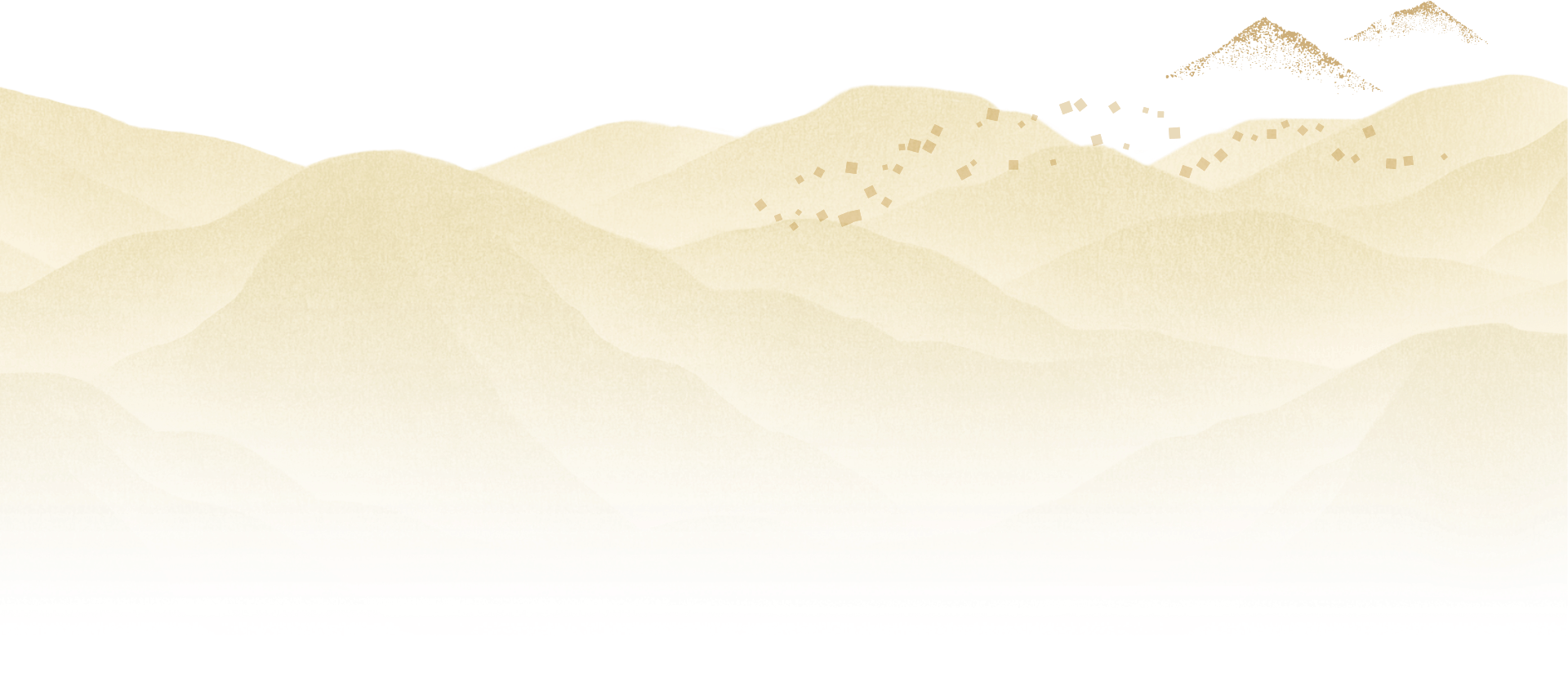
Touring landmarks associated with Ieyasu
Hamamatsu was where Ieyasu had spent 17 years in the prime of his life.
Many places in the city are thus inextricable from the legends of Ieyasu or episodes in his life. Please enjoy traveling to these spots and get to know the young Ieyasu better on your journey.

Hamamatsu Castle
Tokugawa Ieyasu renovated Hikuma Castle in 1570 and renamed it Hamamatsu Castle. The castle tower had been rebuilt in 1959, and its gate underwent restoration work in 2014. The castle is famous for its "nozura-zumi" stone walls that were built by stacking natural stones on top of one another, and it also has an observation deck, from which you can enjoy panoramic views of the entire Hamamatsu City. Historical documents related to Ieyasu and various kinds of armor are on display in the castle.
Address: 100-2 Motoshiro-cho, Naka-ku, Hamamatsu-shi, Shizuoka

Hamamatsu Hachimangu Shrine
This shrine was founded in 927 and is a popular site to pray for good luck and success in life. The camphor tree on its grounds is called "kumodachi no kusu" (camphor of rising clouds). Legend has it that after his defeat at the Battle of Mikatagahara, Ieyasu fled and hid himself in the hole of this camphor tree when a cloud rose from the tree and gave form to a divine spirit riding a white horse that flew towards Hamamatsu Castle. Later, Ieyasu designated this Hachimangu Shrine as a prayer site for successive generations of the Tokugawa family, where they could pray for military success.
Address: 2 Hachiman-cho, Naka-ku, Hamamatsu-shi, Shizuoka

Motoshirocho Toshogu Shrine(Hikuma Castle Ruins)
In 1568, Ieyasu invaded Totomi Province from Mikawa Province and attacked Hikuma Castle, a stronghold of the Imagawa clan, to seize it for his expansion plans. He then renamed it Hamamatsu Castle. The Motoshirocho Toshogu Shrine was built on the former site of the Hikuma Castle in 1886 after the Meiji Restoration. As Toyotomi Hideyoshi had also once visited Hikuma Castle, this shrine has gained widespread attention and drawn many visitors as a "shrine of success" that had led two military commanders to become tops of Japan.
Address: 111-2 Motoshiro-cho, Naka-ku, Hamamatsu-shi, Shizuoka

Gosha Shrine/Suwa Shrine
Gosha Shrine was relocated by Ieyasu from Hamamatsu Castle to its current location during the birth of Hidetada, the second shogun of the Tokugawa shogunate, to serve as the guardian shrine of the land where was born. Ieyasu is said to have continued to visit Gosha Shrine to pray for his children and for his own good luck. Suwa Shrine, on the other hand, was relocated to its current location by Iemitsu, the third shogun of the Tokugawa shogunate. Both shrines were merged in 1960 to form a single shrine, which still attracts visitors today who wish to pray for the safety and growth of their children.
Address: 302-5 Togi-machi, Naka-ku, Hamamatsu-shi, Shizuoka

Kiga Barrier(Kiga Checkpoint)
Kiga Barrier (Kiga Checkpoint) is said to have been set up by Ieyasu in 1601. As one of the 53 checkpoints set up across Japan during the Edo period, it used to play an important role as one of the three major checkpoints on the Tokaido Highway (along with the Hakone and Arai Checkpoints) to prevent the entry of weapons into Edo. The present building was the result of restoration work carried out in 1990 based on historical records from the Edo period.
Address: 4577 Kiga, Hosoe-cho, Kita-ku, Hamamatsu-shi, Shizuoka

Nobuyasu Mausoleum at the Seiryuji Temple
Okazaki Saburo Nobuyasu, the eldest son of Ieyasu, was forced to commit seppuku at Futamata Castle after being suspected of treason by Oda Nobunaga. Ieyasu subsequently built Seiryuji Temple as a memorial site for Nobuyasu. It was Ieyasu himself who named this temple "Seiryuji" (temple of clear waters).
Address: 1405 Futamata, Futamata-cho, Tenryu-ku, Hamamatsu-shi, Shizuoka

